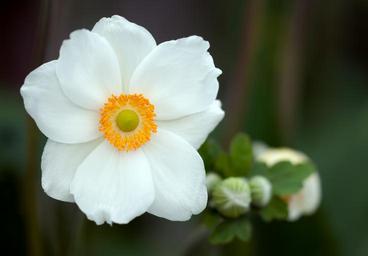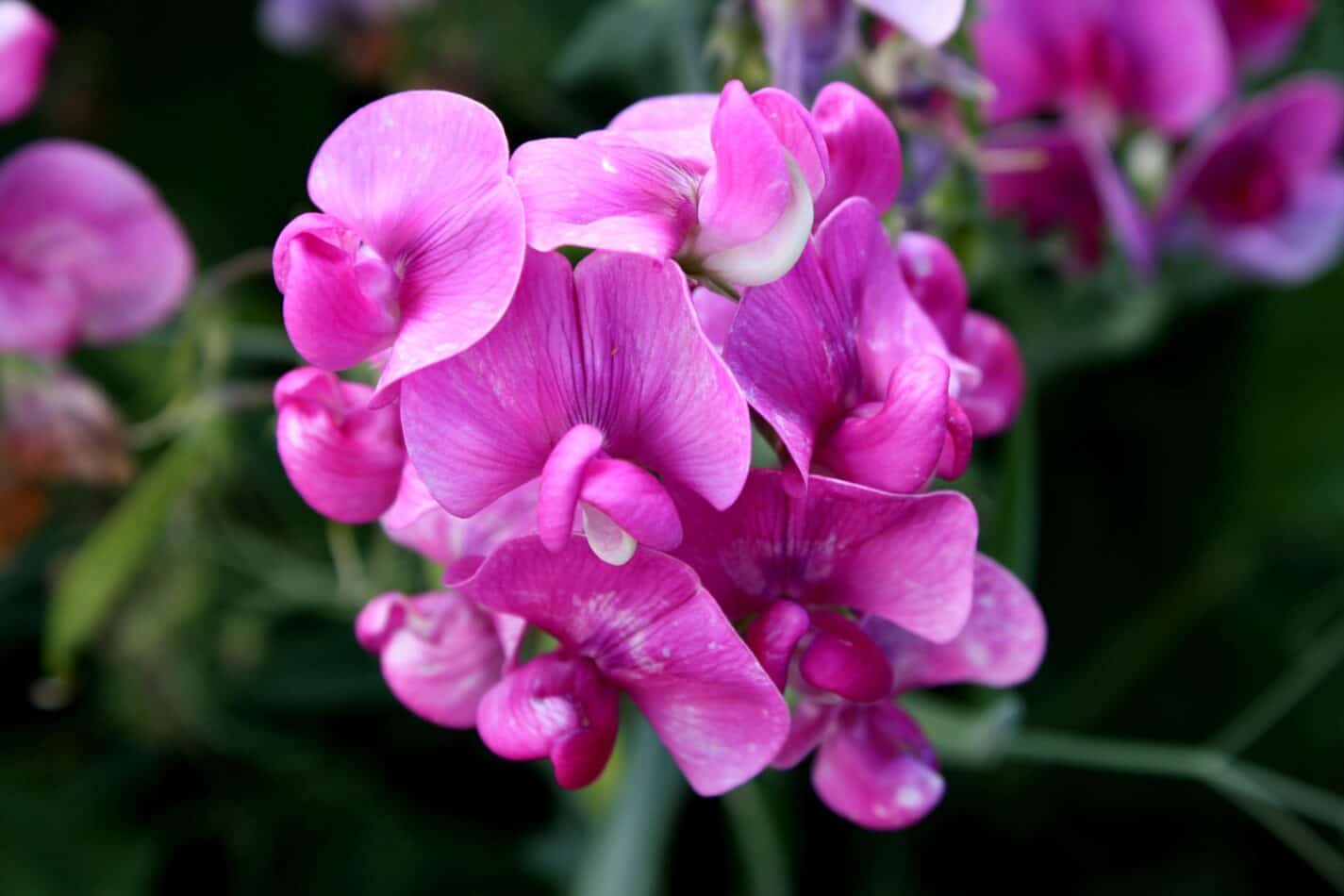The Snowdrop Windflower (Galanthus) and Anemone Sylvestris are two delightful and delicate spring blooms that make wonderful additions to any garden. The Snowdrop Windflower features pure white flowers with yellow stamens and pink undersides, while the Anemone Sylvestris has five-petaled white or pale pink flowers. The Snowdrop Windflower is a member of the Amaryllidaceae family and the Anemone Sylvestris belongs to the Ranunculaceae family. Both are popular for their dramatic beauty and resilient nature, as both are perennials that thrive in full to partial shade.
How to Plant
When planting the Snowdrop Windflower and Anemone Sylvestris, the soil should be light and rich in organic matter that is well-draining. Both plants thrive in sunny to part-shade positions in moist but not waterlogged soil. Snowdrop Windflowers need to be planted in autumn directly into the soil, while Anemone Sylvestris prefers a potting soil or a soil specifically formulated for annuals. When planting in pots or other containers, ensure the pot is adequately spacious for the roots and ensure the pot has drainage holes to avoid standing water.
Meaning and Symbolism
The Snowdrop Windflower is a symbolic representation of hope, innocence, and purity. In Christianity, the blooms are a symbol of Easter and represent renewal, baptism, and everlasting life. In Celtic mythology, the Snowdrop Windflower is blended with spirits of nature due to its reemergence from the winter snow. In Victorian times, the Snowdrop Windflower was a symbol of consolation and was seen as a way to remember loved ones. The Anemone Sylvestris, meanwhile, has often been praised for its beauty and association with the springtime season. In Greek mythology, it is said that Venus pricked her finger and the Anemone Sylvestris sprouted from her tears. The Anemone is also a symbol of protection and is known as “The Flower of Death.”
History, Mythology, and Religious Significance
The Snowdrop Windflower has been a beloved flower across many cultures and societies. It is mentioned in the works of William Shakespeare, Geoffrey Chaucer, and even in the 19th century novel Little Women by Louisa May Alcott. In Christianity, the Snowdrop Windflower is a symbol of Easter and Resurrection, as the resurrection of Jesus Christ is associated with the reemergence of the Snowdrop Windflower. In Europe, the Snowdrop Windflower is often gifted during the start of spring as a symbol of cheer and hope. The Anemone Sylvestris also has roots in Europe, where it was used to adorn graves and commemorate lost loved ones. In Japan, the Anemone is celebrated during the Chugen festival, which is a mid-summer festival dedicated to the Anemone’s beauty.
Flower Varieties and Characteristics
The Snowdrop Windflower comes in many varieties, such as the common single Snowdrop Windflower, double Snowdrop Windflower, and the Giant Snowdrop Windflower. Depending on the variety, the flowers can be either single or double, white or yellow. The common single Snowdrop Windflower grows up to 8 inches tall and has white petals with yellow center. The double Snowdrop Windflower is similar in shape to the single Snowdrop Windflower, but with doubled petals and brighter colors. The Giant Snowdrop Windflower is larger than other varieties, growing up to 18 inches tall, and is a striking yellow or white variety.
The Anemone Sylvestris comes in a few colors, such as white and pale pink. It grows 8 to 16 inches tall and has five-petaled flowers that are usually white with a yellow center. The foliage is dark and lacy, and the plant tends to spread quickly, making it an ideal groundcover.
How to Pot and Repot
When potting the Snowdrop Windflower, use a rich soil mix that is well-draining. Place the pot in a spot with bright light but not direct sunlight. Water the plant sparingly and ensure that the soil is not allowed to dry out completely. Snowdrop Windflowers prefer cooler temperatures, but they can also tolerate temperatures as high as 70 degrees Fahrenheit. The Anemone Sylvestris also prefers a well-draining soil and plenty of sunshine. When potting this flower, select a pot that is larger than the one you are taking the flower out of. When repotting, make sure to use a potting mix specifically created for succulents or cacti.
How to Prune
Pruning Snowdrop Windflowers needs to be done after the blooms have faded and the leaves have turned yellow. Pruning should be done in late summer, when the plant is preparing to enter its dormant phase. For Anemone Sylvestris, prune the stems back to about 4 to 5 inches high every year. This will ensure the plant has enough buds for flowering in the following year. You can also deadhead spent flowers to encourage new blooms.
How to Propagate
The Snowdrop Windflower can be propagated either by seeds or by division of its rhizomes. Seeds should be sown in the spring, approximately 5 to 6 weeks before the last frost of the season. Rhizomal division can be done in autumn, by dividing the rhizomes into several different pieces and replanting them in the same soil. Anemone Sylvestris can be propagated by sowing seeds once the last frost of the season has passed. Sow the seeds onto prepared soil, cover with a thin layer of soil, and lightly water.
Common Pests and Diseases
The Snowdrop Windflower is largely free of major pests and diseases. However, it is susceptible to fungal disease if the soil is overly wet and to slugs, aphids, and vine weevils if the soil is overly dry. The Anemone Sylvestris is largely resistant to pests but can be susceptible to powdery mildew and root rot if the soil is too wet. Prevent fungal disease by removing any dead or dying foliage and avoiding overwatering. To get rid of slugs or other pests, put a thin layer of gravel or sand around the base of the plant and remove the pests by hand or use pesticides.
Frequently Asked Questions
1. How long do Snowdrop Windflowers and Anemone Sylvestris live?
The Snowdrop Windflower is a perennial plant, which means it will come back each spring. Anemone Sylvestris is usually grown as an annual, although it can sometimes be biennial.
2. What is the best time to plant Snowdrop Windflowers and Anemone Sylvestris?
Snowdrop Windflowers should be planted in the fall, and Anemone Sylvestris should be planted after the last frost of the season.
3. Does Anemone Sylvestris spread quickly?
Anemone Sylvestris is known to spread quickly and can be used as a groundcover in a garden.
Table Fact Sheet
| Plant Name | Data |
|---|---|
| Snowdrop Windflower | Galanthus, Amaryllidaceae Family, Perennial, 8-18inches, Full to Partial Shade, Loamy, Well-Draining, Late Spring, Pure White, Zones 4-8, Europe, Asia |
| Anemone Sylvestris | Ranunculaceae Family, Annual/Biennial, 8-16 inches, Full to partial Shade, Loamy, Well-Draining, Early Spring, White or Pale Pink, Zones 4-8, Europe, Japan |
What we love from Amazon this week
Buy these wonderful flowers directly from Amazon:















